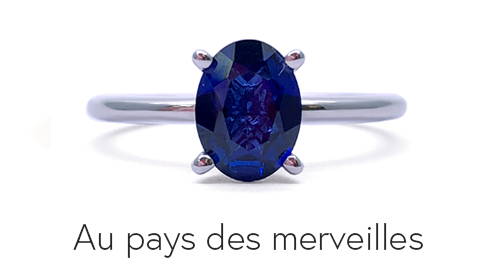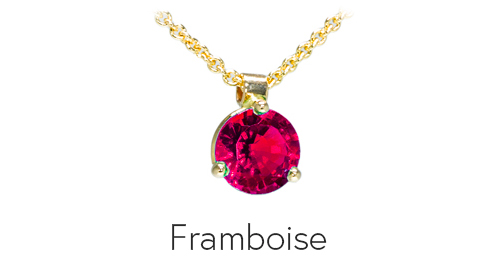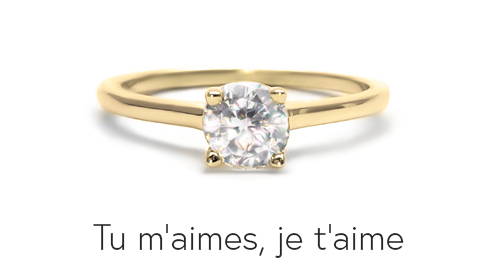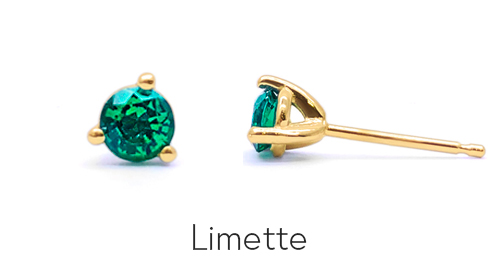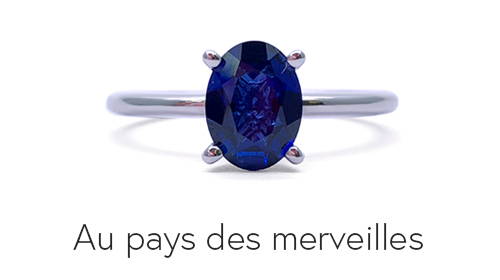
How are synthetic gemstones created?

The 20th century is that of great scientific advances and gemmology, a science relating to the study of precious, semi-precious and fine stones, is no exception to this major trend. Although important discoveries had previously been made about the atomic structure of crystals, it was during this century that countless researchers looked into the chemical properties of diamonds, rubies, sapphires, emeralds and other precious stones. They joined their work with that of physicists to reproduce what the Earth has naturally created over millions of years.
Define a Synthetic Gemstone
In gemology, a gem is said to be synthetic when it is manufactured by human hands while having the same chemical composition, the same atomic structure and the same visual appearance as its counterpart in nature. Its microstructure must also cause the same optical effects.
The first synthetic diamonds
Since its creation in the 1950s by the Russians, Chinese and South Africans, laboratory diamonds have been primarily used for all kinds of industrial applications. Over time, manufacturing techniques have become more refined and production costs have decreased. Synthetic diamonds have become more beautiful, less expensive. They began to intrigue jewelers in the mid-1990s. However, it would be another 25 years before the buyer became interested in them.
Buy a synthetic diamond
You may have landed on this text while searching for where to buy your synthetic diamond. The question is a good one and the fear is certainly legitimate, but rest assured, there are no fake diamonds created in a laboratory. Natural diamond and lab-created diamond must meet the same requirements to be sold in the market. Machine-produced diamonds are even potentially purer than those from mines, which are often contaminated with mineral inclusions. Any trusted jewelry store with a concern for the environment offersengagement rings with synthetic diamonds. In jewelry, the market share of laboratory-made diamonds continues to climb and the trend has accelerated since 2018. Less expensive, more ethical, these stones represent, in 2021, between 3 and 4% of the global diamond market.
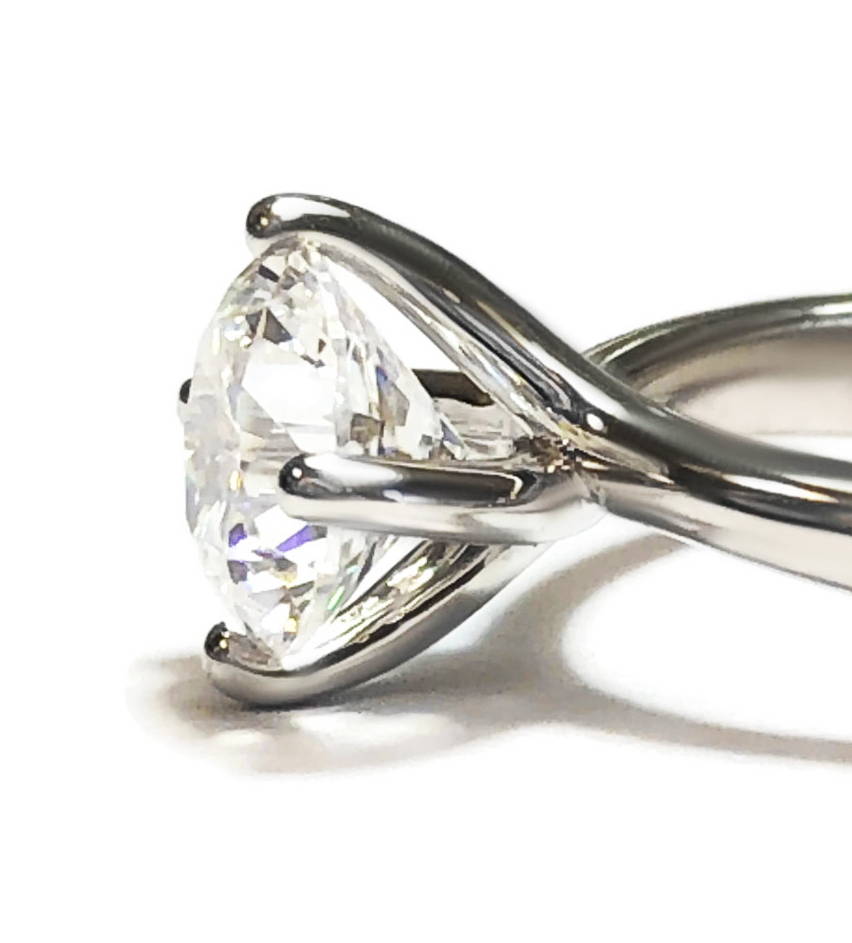
Solitaire with synthetic diamond
Creating diamonds in the laboratory
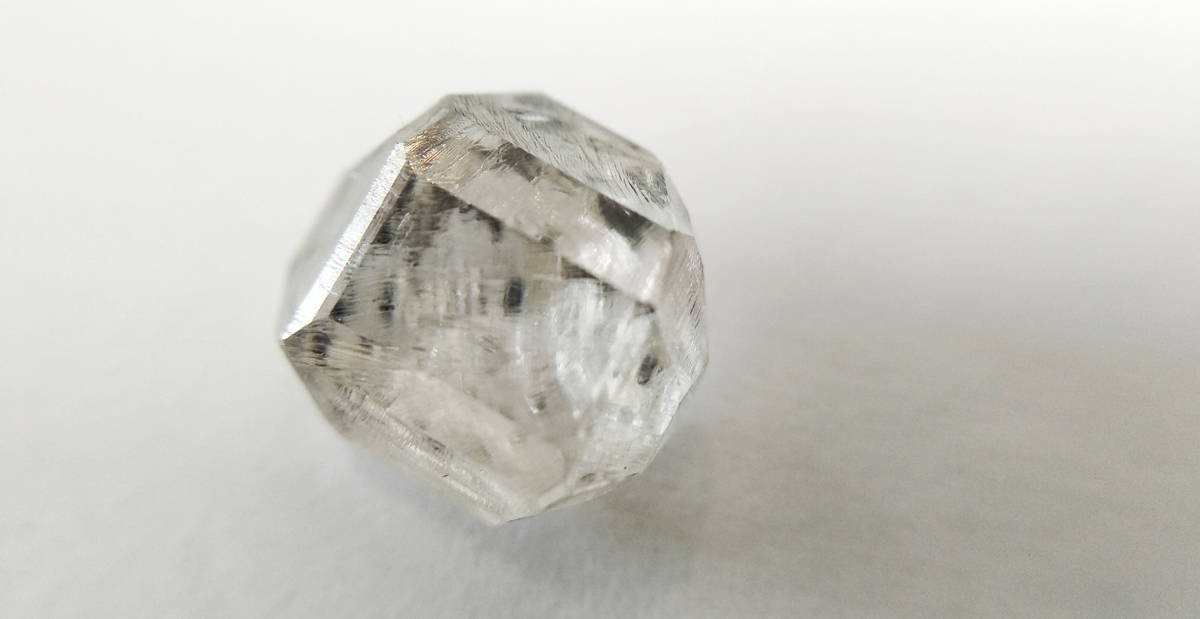
Lab Created Diamond
It was in 1954 that we officially recognized the creation of the first synthetic diamond by Tracy Hall of the General Electric company. Today, there are two techniques for creating these cultured diamonds, called synthetic diamonds: The so-called HPHT method for High Pressure High Temperature and the DCV technique for Chemical Vapor Deposition. The first, HPHT, reproduces, in a machine, the conditions experienced by a carbon compound 150 km underground, that is to say a pressure of 60,000 times our atmosphere and a temperature around 1400°C. The second, DCV, consists of placing a diamond seed in a chamber where a flow of methane or another carbon-rich gas is injected which dissociates into atoms using a microwave discharge. At high temperatures, the gas transforms into plasma and, miraculously, the carbon crystallizes. This crystalline form of carbon is then deposited on this seed and the diamond grows. Unlike HPHT, this process requires no atmospheric pressure and it produces a diamond of high quality and purity.
What about other synthetic stones now?
It is possible to reproduce many synthetic gemstones and the methods vary from stone to stone. Let's focus our attention on the inventions that make it possible to obtain colored stones that are popular with consumers such as ruby, sapphire and emerald. All of these synthetic gemstone manufacturing processes have seen great improvements since their inception.
Growth by flame fusion
This synthesis was officially unveiled in 1902 by the French chemist Auguste Victor Louis Verneuil. It allows the creation of Verneuil-type synthetic rubies and sapphires by melting alumina at temperatures of more than 2500°C. The crystal deposit forms drop by drop, by superposition of very thin layers of molten material.
Growth by anhydrous dissolution
Created in 1847 by French chemist Jacques Joseph Ebelmen , this technique brings together in a platinum crucible, the components of the desired synthetic gem, an important mineral called silica, a chemical coloring agent and an anhydrous flux (without water). Everything is heated under ambient pressure to the temperature of dissolution and recrystallization into single crystals. Slow rotation allows you to collect rubies, sapphires and emeralds.
Growth by hydrothermal dissolution
We owe the first tests of this process to the 19th century German geologist Karl Emil von Schafhaüt. Crystal growth occurs in a sort of pressure cooker combining heat and pressure with water acting as the solvent. The chemical constituents of the stone are dissolved, heated to high temperature and put under great pressure. They crystallize around an existing gem, usually an emerald.
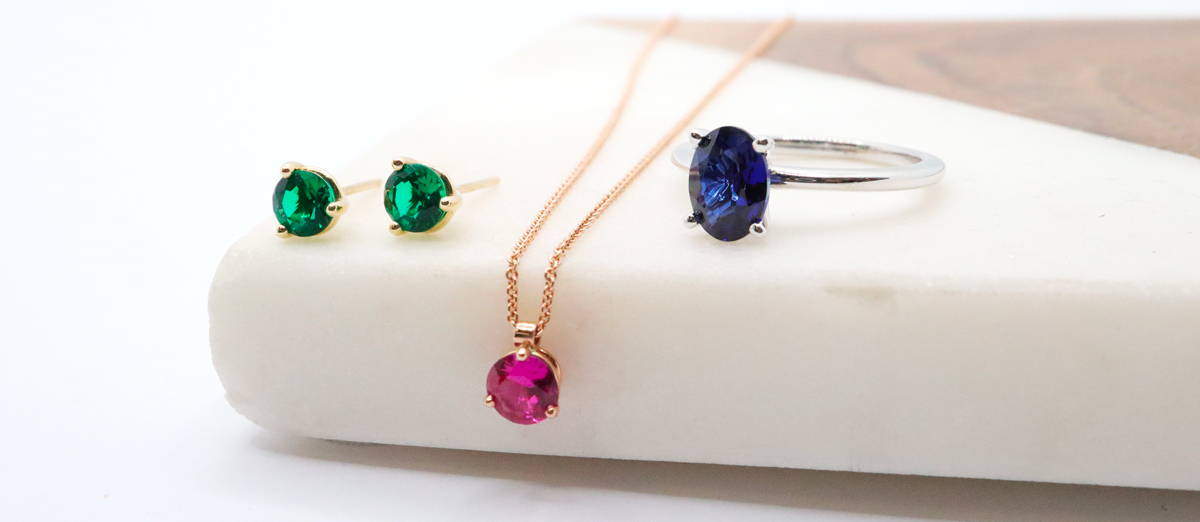
Synthetic emeralds, rubies and sapphires
Buying Synthetic Gemstones
Just like buying a synthetic diamond , the price of a synthetic ruby or a synthetic sapphire is cheaper by around 30 to 40%. This reality is shaking the precious stone market, much to the dismay of traditional producers. Add to this the growing concern of new generations about the traceability of these gems. According to the NGO Human Rights Watch , the trade in diamonds and precious stones remains associated with serious human rights violations, including forced labor. And how can we ignore the impact on the environment through soil erosion, deforestation and the disappearance of wildlife?

Diamond mine
Are you ready for synthetic gemstones?
At Flamme en rose, we are committed daily to designing jewelry that meets environmental protection and sustainable development standards by avoiding the use of non-renewable resources and promoting the reuse and recycling of materials. This is what we call ecodesign . We therefore naturally turned to precious stones created in the laboratory . And our customers too. And you, are you ready to buy a piece of jewelry handcrafted with precious stones created in a laboratory?
Get an online consultation with one of our jewelers today.


